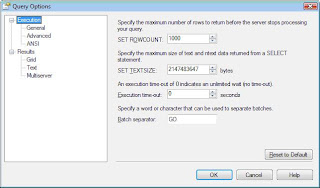Data Quality
The problem with data starts usually at the source - ERP and other information systems (IS). In theory the system should cover all the basic reporting requirements existing in an enterprise, though that's seldom the case. Therefore, basic reporting needs arrive to be covered by ad-hoc developed tools which often include MS Excel/Access solutions, which are difficult to integrate and manage across organization.
Data Quality (DQ) is maybe the most ignored component in the attempt to build flexible, secure and reliable BI solutions. DQ is based on the validation implemented in source systems and the mechanisms used to cleanse the data before being reported, respectively on the efficiency and effectiveness of existing business processes and best practices.
DQ must be guaranteed for accurate decisions. If the quality is not validated and reviewed periodically, users will be reluctant in using the reports! The reports must be validated as part of the UAT process. Aggregated BI reports need detailed reports that can be used for validation, while the logic and data need to be synchronized accordingly.
The quality of decisions is based on the degree to which data were understood and presented to the decisional factors, though that’s not enough; it's need also a complete perspective, and maybe that’s why some business users prefer to prepare and aggregate data by themselves, the process allowing them in theory to get a deeper understanding of what’s happening.
Cooperation
BI implementations are also dependent on consultants’ skills and the degree to which they understood business’ requirements, on team’s cohesion and other project (management) related prerequisites, respectively on knowledge transfer and training.
Tools
Most of the BI tools available on the market don’t satisfy all business, respectively users’ requirements. Even if they excel in some features, they lack in others. Usually, more than one BI tool is needed to cover (most of) the requirements. When features are not available, or they are not mature enough, or they are difficult to learn, users will prefer to use tools they already know.
Another important consideration is that BI tools rely on data models, often inflexible from the point of the data they provide, lacking integrating additional datasets, algorithms and customizations. The overall requirements need to be considered more recently from the point of cloud computing technologies, which becomes steadily a requirement for nowadays business dynamics.




